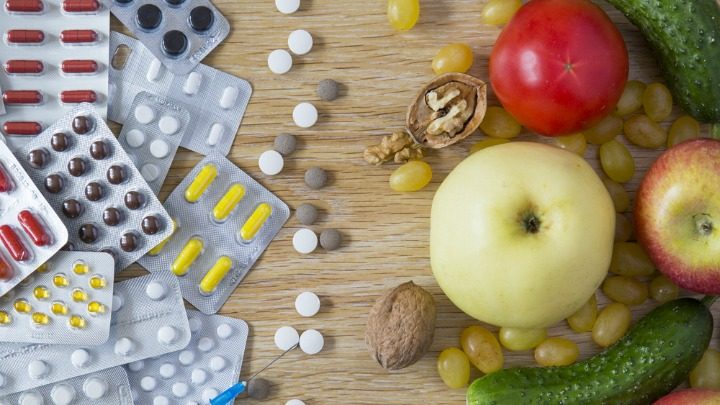A long time ago, our ancestors discovered that ingesting some plants or the body parts of certain animals produced effects that were rather unpleasant or even lethal. Reference to these substances once appeared in a collection of prayers of comfort for the dying and referred to a type of spir-itual medicine, at the time called a pharmakon , which was used principally to alleviate suffering near the end of life. Simply put, a pharmakon was a poison. Originally, the term pharmakos( φαρ μ ακος ) referred to a human scapegoat, who was sacri-fi ced, sometimes literally by poisoning, as a remedy for the illness of another person, usually someone far more important in the local society. Later, around 600 BCE, the term came to refer to substances used to cure the sick. It is of course related
Food, Drugs, and Human
befitandvigor
June 01, 2019
A long time ago, our ancestors discovered that ingesting some plants or the body parts of certain animals produced effects that were rather unpleasant or even lethal. Reference to these substances once appeared in a collection of prayers of comfort for the dying and referred to a type of spir-itual medicine, at the time called a pharmakon , which was used principally to alleviate suffering near the end of life. Simply put, a pharmakon was a poison. Originally, the term pharmakos( φαρ μ ακος ) referred to a human scapegoat, who was sacri-fi ced, sometimes literally by poisoning, as a remedy for the illness of another person, usually someone far more important in the local society. Later, around 600 BCE, the term came to refer to substances used to cure the sick. It is of course related
ad1
Popular Posts
Should we believe in the return of the bob?
June 18, 2019
20 fashion trends spring summer 2019 to follow
June 18, 2019
Can we wear the swimsuit in town?
June 18, 2019
Recent Posts
3/recent/post-list
Designed with by MedAmine |


0 Comments